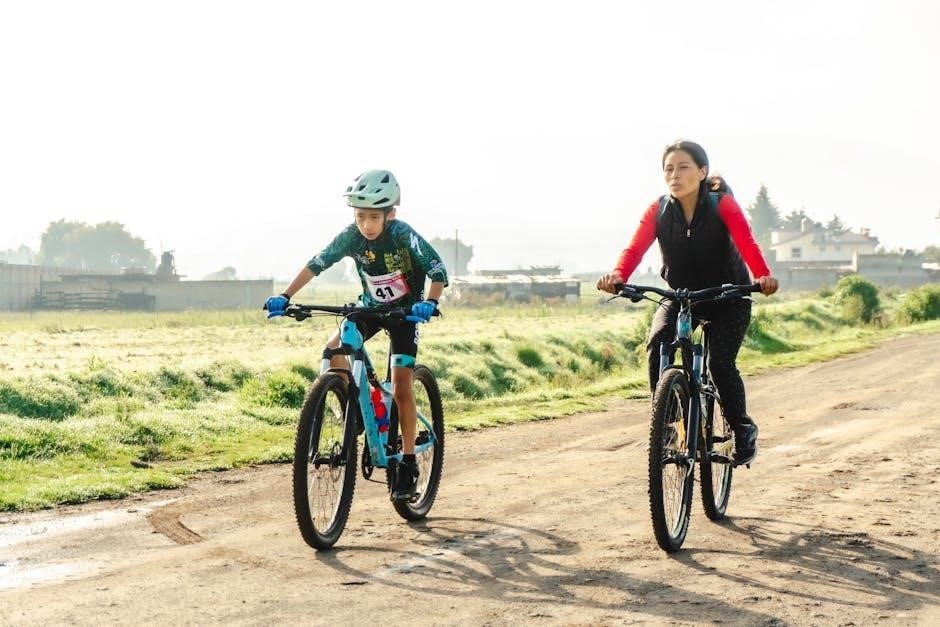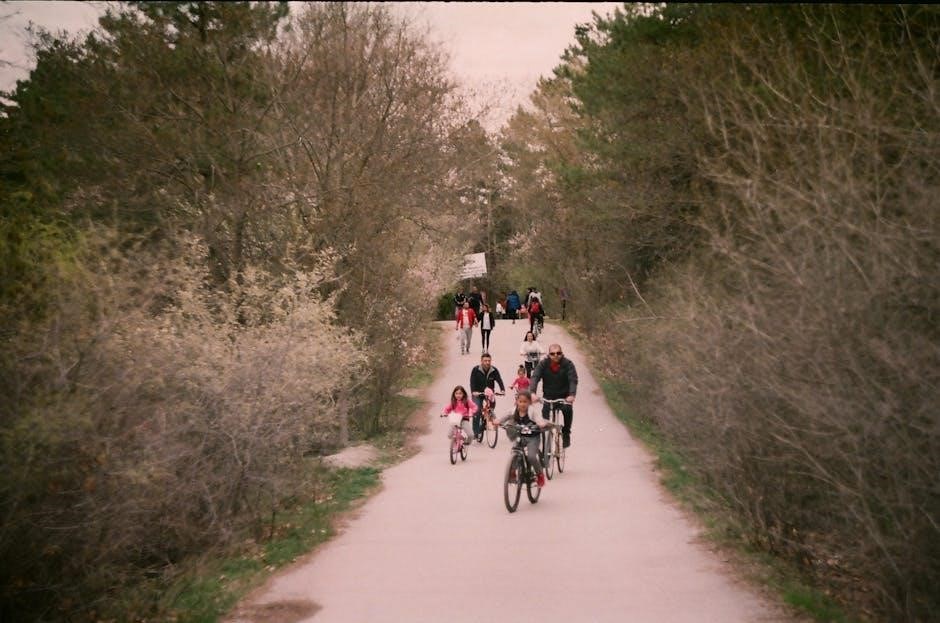The introduction to Kids on Bikes PDF provides an overview of the game, including its setting and gameplay mechanics, using
tags for subsections and paragraphs for detailed information always online.
Overview of the Game
The game is designed for players to take on the roles of kids, working together to overcome challenges and solve mysteries in their small town, with a focus on collaborative storytelling and roleplaying.
The game mechanics are designed to be easy to learn and play, making it accessible to new players, and the setting is flexible, allowing players to create their own unique stories and adventures.
The game includes a variety of tools and resources to help players and game masters create engaging stories and gameplay experiences, including character creation rules, game mechanics, and setting information.
The game is suitable for players of all ages and experience levels, and is a great introduction to tabletop roleplaying games.
The game’s design and mechanics are intended to encourage creativity, teamwork, and problem-solving, making it a fun and engaging experience for all players.
The game’s setting and storylines are designed to be flexible and adaptable, allowing players to create their own unique stories and adventures, and the game includes a variety of tools and resources to help players and game masters create engaging stories and gameplay experiences.

Character Creation in Kids on Bikes PDF
Character creation involves selecting strengths, flaws, and abilities, using tables and guidelines to help players create unique characters online quickly and easily always.
Character Status and Stats
Character status and stats are crucial components of the game, providing a framework for players to understand their characters’ abilities and limitations. The stats include Brawn, Fight, Flight, Charm, and Grit, each with its own unique characteristics and implications for gameplay. For example, Brawn determines how athletic a character is, while Fight determines how scary they are, both in and out of combat. The stats are used to resolve conflicts and challenges, and players must carefully consider their characters’ strengths and weaknesses when making decisions. The game also includes example verbs for each stat, helping players to better understand how to apply them in different situations. By using these stats and character status, players can create rich and immersive characters that drive the story forward and engage with the game world in meaningful ways, using tables and guidelines to help them navigate the game mechanics.

Game Mechanics in Kids on Bikes PDF
Changes to Game Mechanics
The second edition of Kids on Bikes PDF introduces several changes to the game mechanics, including the addition of Dice Based Town Creation and the revision of character stats such as Brawn and Fight. The revision of character stats, for example, provides a more nuanced and detailed system for character creation, allowing players to create unique and complex characters.
Additionally, the introduction of new mechanics such as Bonded Actions and Obligations adds depth and variety to the game, providing players with more options and opportunities for creative play.
Overall, the changes to the game mechanics in the second edition of Kids on Bikes PDF enhance the overall gaming experience and provide a fresh and exciting take on the original game, with improved formatting and organization.

Playing the Game in Kids on Bikes PDF
Encouraging Collaborative Play

to Kids on Bikes PDF
Final Thoughts on the Game
The game’s unique mechanics and setting have been discussed, and now it’s time to reflect on the experience as a whole, taking into account the information available online. The conclusion of the game is important, as it leaves a lasting impression on the players, and the use of html tags helps to convey this information in a clear and concise manner, always online and easily accessible.